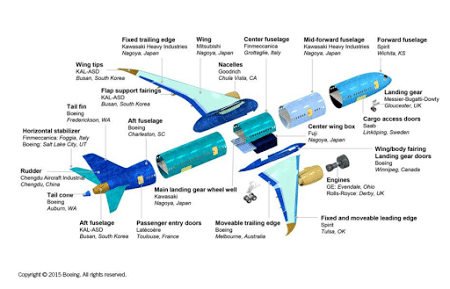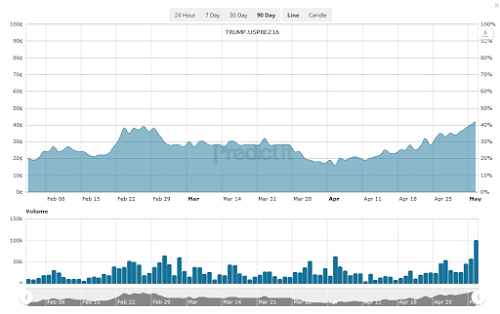Searching for Dollar-strength Follow Through
The key issue facing the foreign exchange market is whether the modicum of strength the US dollar demonstrated last week is the beginning of a sustainable move. It is possible that the market is again at a juncture in which the price action will drive the narrative rather than the other way around. A move above JPY108 and a decline in the euro below $1.1350 signal a start to a broader dollar recovery that may have begun last week with impressive gains against the dollar-bloc.





